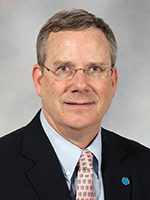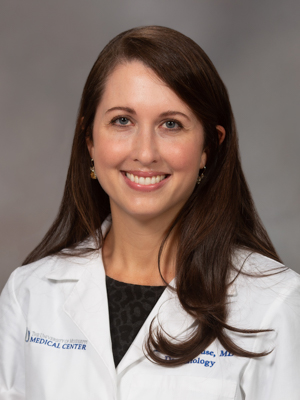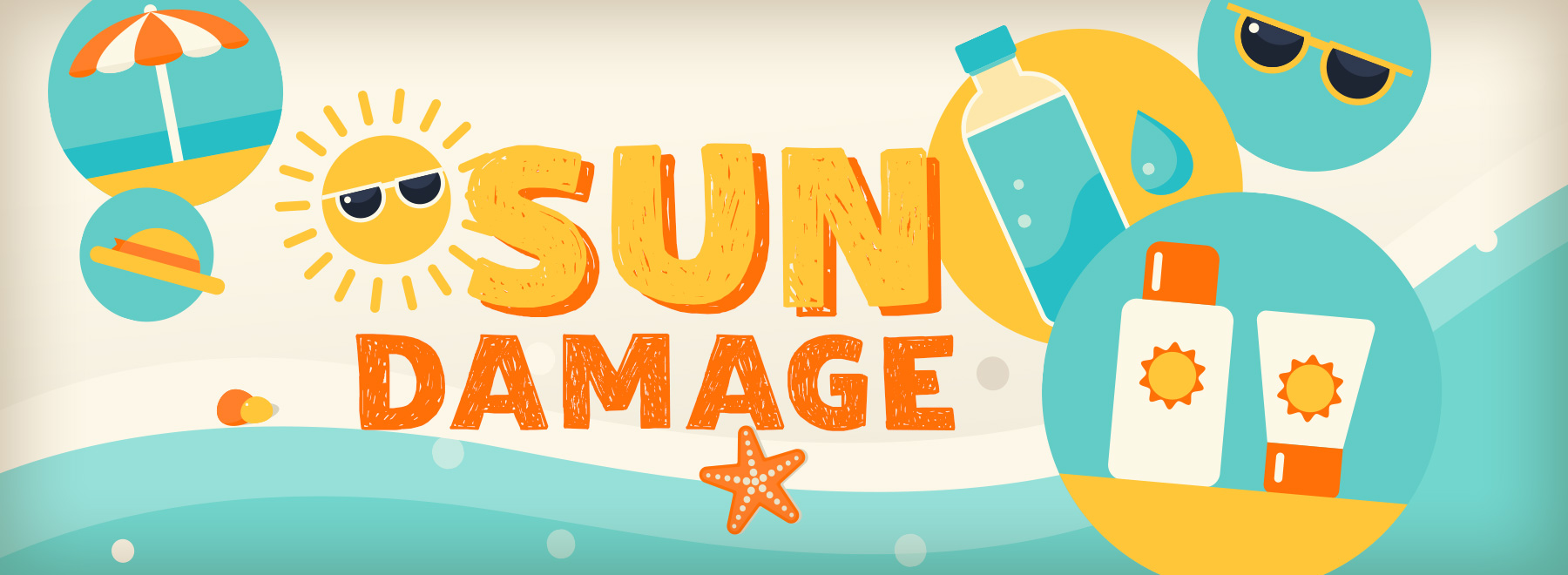Sun Damage
The arrival of summer ushers in long days of lounging by the pool, visiting the beach and working in the yard. More time outside in the sun also brings a higher risk of skin cancer and other damage caused by ultraviolet rays.
UMMC experts weigh in with information about the risks of increased sun exposure, how to spot the warning signs of potentially permanent skin damage and easy ways to protect your skin all year long.

While many people are focused on achieving beach-bronzed skin, Dr. Robert Brodell, chair of the UMMC Department of Dermatology, warns against the use of tanning beds and spending excessive time outdoors absorbing UV radiation.
Instead, he suggests following sun-safe guidelines that will allow you to look younger for longer and reduce the risk of severe skin damage or cancer.
“I don't mind if you look tan, but I don't like the UV radiation on your skin because of the skin cancer problem,” he said. “In addition, 100% percent of people that aren't careful about UVB rays get wrinkles, brown spots, sallowness or yellowness of their skin.
“If you wear your sunscreen, protect yourself from the sun and the tanning bed and wear your hat, you will stay youthful looking longer."

Dr. Allison Cruse, a UMMC dermatopathology fellow, explained prevention is key because sun exposure and an increased risk for skin cancer go hand-in-hand. She said with one in five people being diagnosed with skin cancer during their lifetime and most skin cancers being attributed to UV exposure, non-melanoma cancer is also one of the most preventable.
“Sun-safety is important for your skin because skin cancer is common, but it is largely preventable,” Cruse said. “Protecting ourselves from the sun also helps to prevent the signs of photo-aging."
The risk of skin damage and skin cancer is increased for people who have been exposed to harmful rays as children and suffered severe sunburns. Brodell encourages caregivers to help teach sun damage prevention to children as well.
“You get half your skin damage before age 18,” he said. “That means we've got to work on our kids, too, even though they say they want to be tan."
To help stay “sun smart” this summer, Brodell and Cruse shared five tips to protect your skin from the sun's harmful rays:
• Wear sunscreen every day, year-round. Choose an SPF of 30 or higher and reapply it often. Remember to reapply after swimming or exercising to ensure adequate coverage.
• Don't forget to protect your ears and lips! These are common areas for skin cancer cells to grow because they are the most commonly forgotten. Use a lip balm with SPF coverage regularly.
• Not all clothes are created equal when it comes to UV protection. Always look for sun-protective clothing, like rash guards, with an SPF of 50 or more and lighter colors that will reflect the sun's rays. A cotton T-shirt has an average SPF of 4-7 and drops even lower when the clothing gets wet. Always wear sunglasses and a wide brim hat when spending time outdoors to help protect your face.
• Know your rays. There are two types of UV rays that contribute to skin damage. UVA occurs from sun up to sun down and causes signs of aging and lasting damage to skin, while UVB is most common from 10 a.m. to 2 p.m. and is to blame for severe sunburns. Both types of UV rays can cause cancer.
• Pay attention to changing moles. Follow the "ABCDE rule" to know if moles or other marks are cause for concern. ABCDE stands for Asymmetry, (a defined) Border, (irregular) Color, Diameter and Evolving or changing size, shape or color.
Brodell said everyone should "pick the sunscreen you like best with SPF 30 or greater, wear it every day when you're in the sun. Plus wear your hat, stay in the shade and remember the sun is not your friend."
The above article appears in CONSULT, UMMC’s monthly e-newsletter sharing news about cutting-edge clinical and health science education advances and innovative biomedical research at the Medical Center and giving you tips and suggestions on how you and the people you love can live a healthier life. Click here and enter your email address to receive CONSULT free of charge. You may cancel at any time.



